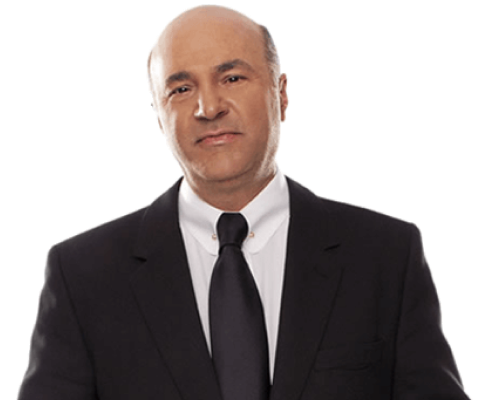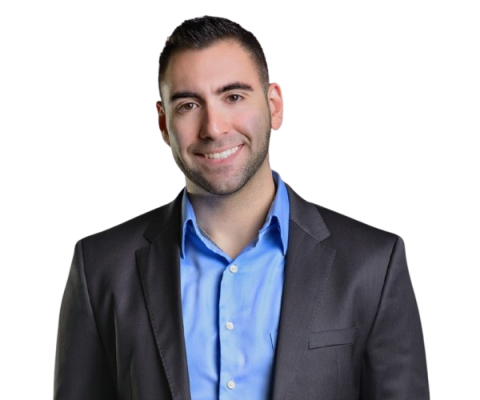4 Important Elements of a Trademark Application
NARRATOR: Linda is a realtor. She came up with a tagline that she uses to advertise her services. The tagline is now so popular that people actually look her up on Google using her slogan.
NARRATOR: She is good at selling real estate, but she does not understand how a trademark application is structured.
TRADEMARK FACTORY: You reached Trademark Factory. How can I help?
LINDA: I am trying to fill out a trademark application, but there are so many fields. I don't know what should go where.
TRADEMARK FACTORY: While there are many fields, you should realize that there are four essential elements of any trademark application.
LINDA: Oh!
TRADEMARK FACTORY: These are: the trademark owner, the trademark itself, goods and services, and dates.
LINDA: Eh? What does that even mean?
TRADEMARK FACTORY: The first one is straightforward: a registered trademark must be owned by an entity, a partnership, or an individual. The public and the Trademarks Office need to know who owns it. If during the registration process, the trademark changes hands, you can always assign the pending trademark application to a new owner.
LINDA: OK. So I would use the name of my corporation or my personal name there. Right?
TRADEMARK FACTORY: Yes.
LINDA: Great.
TRADEMARK FACTORY: The second element is the trademark itself. A trademark application may only cover one single trademark. If you have several trademarks, each will require a separate application. While there is often a temptation to combine several trademarks into one application to cut the cost of registration, it's really not a good idea, especially if you use the combined trademarks separately. This is because in Canada any trademark that has not been used as registered for 3 years or more, can be canceled at the request of any third party.
LINDA: Yikes!
TRADEMARK FACTORY: So if you lump a logo and a tagline into a single trademark registration, and then your tagline changes, you may lose rights in both the old tagline and the logo. That's why you should file them as separate applications.
LINDA: I see. Well, I don't have a logo. It's just my tagline. Is that OK?
TRADEMARK FACTORY: Sure. Your tagline is what you are trying to protect. So this is what you put in the Trademark field.
LINDA: Got it.
TRADEMARK FACTORY: The third one is the most counter-intuitive. Despite popular belief, trademarks don't give their owners a monopoly over the name or the logo itself. They only give a monopoly over their association with specific products and services for which the name or logo is used. For example, BLUE SHIELD trademark is owned in Canada by two completely different entities: one in association with prepaid financing and administration of medical services, and the other in association with various items related to welding. This is why the trademark application requires the applicant to specify in association with which goods and services they use or are planning to use the trademark. The Trademarks Office is very pedantic about the way the list of these products and services is drafted. If an examiner believes that a term in that list is not specific enough, they will not approve your trademark application.
LINDA: So I would put realtor services here, right?
TRADEMARK FACTORY: Yes. If you provide additional services, you would also indicate them in the application. Typically, a trademark lawyer will walk you through this process and make sure that the list is complete.
LINDA: uh-huh.
TRADEMARK FACTORY: And finally, the dates. In Canada, one can only get a trademark registration if the trademark is being used in association with each and every one of the goods and services listed in the application. It is possible to apply for a registration before the use starts (it's called "proposed use"), but the registration certificate will not be issued until the business owner files what's called a declaration of use. A simple rule of thumb is—only list those products and services that you are currently using the trademark for and those that you believe you may start using it for in the next 2-3 years. If you have already been using the trademark at the time when you file the application, it is important to specify the earliest date that you can PROVE with evidence that you were using the trademark for.
LINDA: Not sure if I should do it all myself.
TRADEMARK FACTORY: The trademarking process used to be full of frustrations and complications for business owners. That is until the Trademark Factory was launched with its unique triple Peace-of-Mind guarantee. We guarantee that you will know your budget to a penny before you spend a dime; we guarantee that your trademark will be approved by the Canadian Intellectual Property Office—or you get all of your money back, including what you pay to the government; and we guarantee that you will not be frustrated with not being able to get a hold of your lawyer. This service is really the natural choice of business owners who value their branding and want to protect it.












